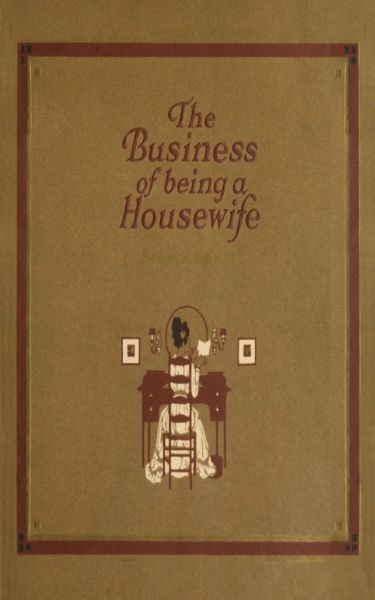The Business of Being a Housewife
A Manual Efficiency and Economy
As meat is one of the most important items of American diet, its price is a matter of moment to every housewife. Comparisons between the cost of live animals and the price per pound of meat sometimes lead to the conclusion that the existing margin is too wide and that possibly the profits of the middleman are too large.
After fair analysis, the housewife realizes that a live animal is not all meat and, furthermore, that the meat carcass is not all steaks and rib roasts. A comparison, therefore, between the live cost of meat animals per pound and the cost per pound of a tenderloin is misleading, if it results in any conclusions relative to margins.
Then we must reckon with the wide difference in grades of meat. We cannot correctly estimate the cost of a steak cut from a prime beef by that of a steak from a grass-fed cow. There are several grades of meat, depending upon the nature and feeding, each wholesome and nutritious, but some demanding more special cooking than others.
About fifty-five per cent of a steer is meat; the remainder includes the hide and various other by-products, which, except the hide, are not worth in their primary state anywhere near as much per pound as they cost alive. The fifty-five per cent of the animal which is meat must, therefore, carry the greater portion of the original cost. That is why a steer carcass might be sold by the packer for twenty cents a pound and still fail to pay a profit, even though the live animal cost the packer only twelve cents a pound. The casual observer, noting a difference of eight cents a pound between the live animal and the carcass, might say a sixty-six per cent increase in price is unduly large; but a little deeper study develops that the return from the carcass in this instance would fail to equal the amount paid for the live steer.
When a retailer buys a carcass, he purchases neck meat as well as loins; chucks as well as rounds.
Versandkostenfreie Lieferung! (eBook-Download)
Als Sofort-Download verfügbar
- Artikel-Nr.: SW11730
- Artikelnummer SW11730
-
Autor
Jean Prescott Adams
- Wasserzeichen ja
- Verlag anboco
- Seitenzahl 188
- Veröffentlichung 25.09.2016
- ISBN 9783736416611
- Wasserzeichen ja

